Table of Contents
Delving into Cyber Security
The vast expanse of the digital realm can be likened to an ever-expanding universe, overflowing with endless possibilities, innovations, and advancements. As we stand on the precipice of this digital age, our curiosity propels us to explore deeper, pushing the boundaries of what we once deemed as the final frontier. The world of 1s and 0s, the binary heartbeat of our modern society, continues to stretch out in all directions, ushering us into previously uncharted territories.
But as with every great exploration, there are risks. Just as the infinite night sky hides black holes and the deep oceans conceal menacing predators, the digital cosmos is not without its shadows. Behind the allure of boundless information and interconnectedness, lurking subtly behind each byte and bit, are the potential threats that could compromise our safety. These shadows, often imperceptible to the untrained eye, can manifest in various forms – from malicious software designed to steal our personal information to digital breaches that can dismantle entire corporations.
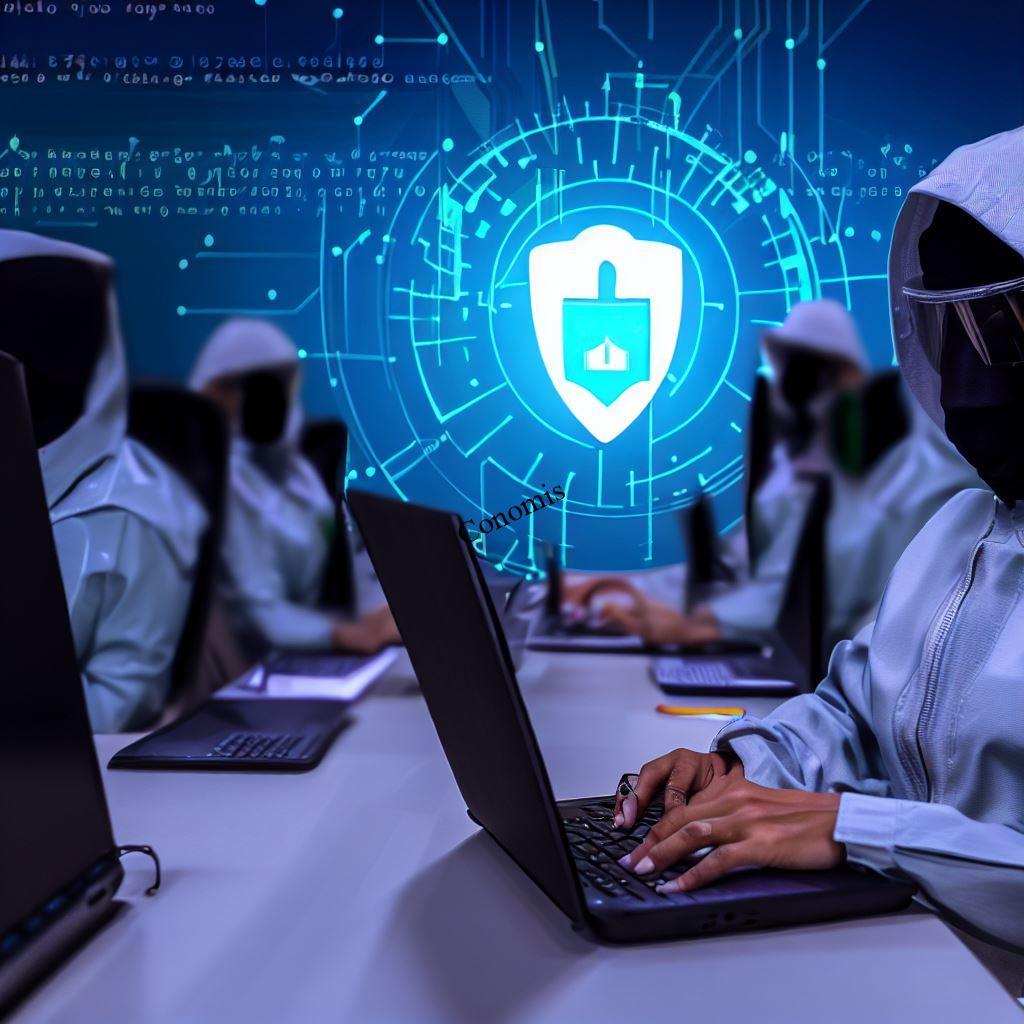
This is where the radiant shield of cyber security emerges, standing as a beacon of hope amidst the digital murkiness. It becomes our guardian, our vigilant protector that tirelessly works behind the scenes to ensure we can navigate the digital terrain with confidence. Just as explorers of yore would don armor and wield weapons to safeguard themselves against potential threats, we too arm ourselves with the tools and knowledge of cyber security.
Cyber security doesn’t just serve as a passive barrier; it actively scans, identifies, and neutralizes threats, ensuring our continued digital well-being. It’s our guiding star, helping us to differentiate between genuine opportunities and disguised pitfalls as we journey deeper into the digital universe.
As we embrace the marvels of the digital age, it becomes imperative to remember the significance of cyber security. It’s not just a technical necessity but a vital shield, ensuring that as we explore the vast potential of the digital world, we remain guarded against the lurking shadows.
Journey Through Cyber Threats
Dawn of the Digital Age
The genesis of the digital era can be traced back to a time when the World Wide Web took its initial, hesitant steps into our world, much like a toddler testing the waters. Picture a landscape far less cluttered than today’s bustling internet highways, where websites were but simple text pages and dial-up tones were the harbingers of online adventures. This period, rich in innovation and curiosity, laid the very foundations upon which our interconnected global community now stands.
However, just as every age has its challenges, the dawn of the digital age wasn’t without its mischiefs. The burgeoning web faced its share of challenges, personified by what can be best described as ‘mischievous elves’. These were the early cyber threats, nascent and somewhat naive in their constitution. Unlike the sophisticated and often menacing digital dragons of our current era, these rudimentary threats were more playful nuisances rather than genuine risks. They would occasionally cause disruptions, akin to a cheeky elf pulling pranks, but rarely did they harbor any malevolent intentions that could cause lasting harm.
Though their tricks might have led to temporary system glitches or inconveniences, it was the charm of the unknown and the allure of digital exploration that dominated the sentiment. Many even viewed these ‘elves’ with a sense of amusement, much like how one would react to a child’s innocent mischief.

Despite their mostly benign nature, these early cyber encounters served as precursors to the digital landscape’s evolving dynamics. They hinted at the immense potential and vulnerabilities of an interconnected world. The occasional pranks of these cyber elves were early lessons, teaching pioneers of the digital realm the importance of vigilance and preparation.
As we look back, it’s fascinating to realize that even at its infancy, the World Wide Web held subtle hints of the complex tapestry it would eventually weave, encompassing both the wonders of infinite connectivity and the challenges that such a vast network would inevitably face.
Present-Day Complexities
Transitioning from the infancy of the World Wide Web to our current digital epoch paints a vivid contrast in the nature and intensity of cyber threats. What began as mischievous elves in the digital realm’s dawn have evolved, matured, and mutated into formidable dragons, soaring and casting shadows across today’s intricate digital landscape.
Today, the digital realm is not just a series of interlinked websites or platforms. It’s a colossal ecosystem where financial transactions, critical communications, data storage, and more converge. This has made the stakes higher than ever. The sprightly elves of yesteryears, which at most caused a temporary disruption or innocent prank, have been replaced by threats of a magnitude that’s both alarming and daunting.
Enter the dragons: formidable entities such as ransomware, stealthy malware, sophisticated phishing attempts, and relentless DDoS attacks. Ransomware, for instance, locks users out of their vital files and systems, demanding hefty ransoms for a chance of retrieval. The repercussions aren’t just financial. There’s a significant emotional and operational toll as individuals and corporations grapple with data loss, blackmail, and the gnawing uncertainty of digital security breaches.

Malware, previously a broad term for malicious software, has now diversified into a plethora of types, each stealthier and more destructive than the last. They skulk in the shadows, waiting for the opportune moment to strike, often without the user’s awareness, silently siphoning off data or laying the groundwork for a more substantial attack.
The modern-day complexities don’t just stem from the threats themselves but from the intricate web of digital interdependencies. The domino effect in today’s interconnected world means a breach in one area can ripple across the ecosystem, causing cascading failures.
This more perilous landscape underscores the vital importance of evolving our cyber defenses. For in this era of dragons, old methods won’t suffice. It’s a continuous battle of wits and wills, where staying one step ahead is not just advantageous but imperative for survival in the digital realm.
The Pivotal Role of Cyber Security
Shielding Personal Realms
In the grand tapestry of the digital age, envision each individual’s digital footprint as their own unique castle. This castle, built brick by brick with personal information, cherished memories, work-related documents, and various interactions, stands tall in the vast expanse of the virtual landscape. Just as every castle in medieval times had its treasures, secrets, and memories nestled within its walls, our digital castles harbor our most private and vital data.
But as history has shown us, every castle, no matter how grand or fortified, has always been susceptible to sieges, invasions, and covert infiltrations. Similarly, our digital domains are under constant threat from cyber rogues and malevolent forces seeking to plunder, exploit, or wreak havoc. The modern parallels of battering rams and trebuchets are now sophisticated malware, phishing attempts, and relentless ransomware attacks.
Enter the guardian knights of the digital age: cyber security. Just as knights of yore were trained meticulously, armored in the finest steel, and entrusted with the vital task of protecting their realms, cyber security solutions act as our digital sentinels. They stand vigil, day and night, patrolling the perimeters of our personal castles, ensuring no unauthorized entity attempts a breach.
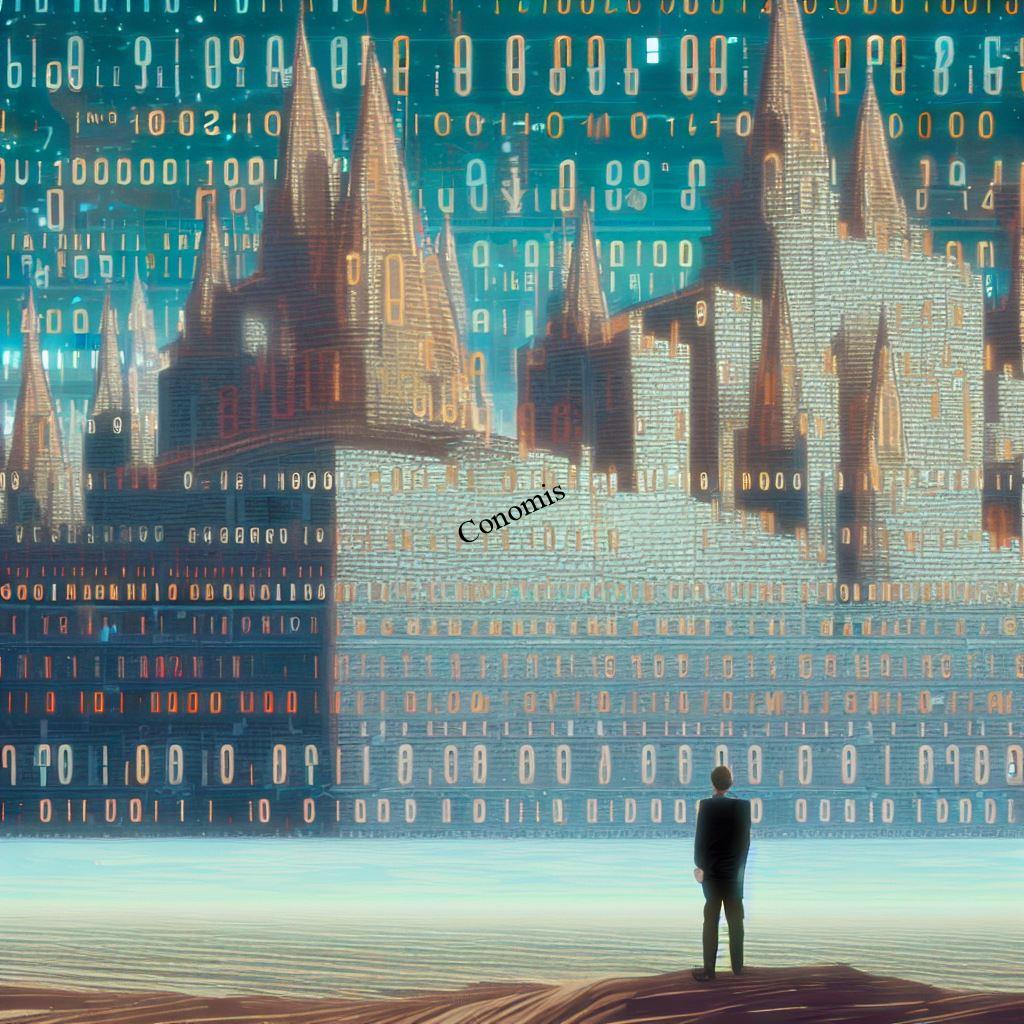
These digital knights are equipped with tools and knowledge far surpassing the physical weaponry of the past. Firewalls, reminiscent of towering castle walls, act as the first line of defense, blocking out any suspicious advances. Antivirus programs, akin to vigilant sentries, actively scout for potential threats and neutralize them before they can cause harm. Encryption tools wrap our data in layers of coded armor, ensuring they remain indecipherable to prying eyes.
In essence, cyber security offers a holistic defense system, ensuring every nook and cranny of our digital castles remain impervious to external threats. As we continue to expand and embellish our personal realms in this digital age, the role of these guardian knights becomes even more crucial, always adapting, always ready, ensuring our virtual sanctuaries remain both a place of pride and peace.
Defending Corporate Battlegrounds
In the grand theater of the digital realm, businesses don’t merely occupy castles – they reign over vast fortresses, complex citadels that house not just treasures, but also the lifeblood of the empire: its reputation, its strategic advantages, and the trust of its denizens. When the stakes are of such magnitude, the defense strategy must be equally formidable.
Draw parallels to the medieval age. Kingdoms boasted of castles, but it was their treasuries that were the most coveted – the repositories of wealth, power, and influence. In the modern corporate domain, data is this treasury. From trade secrets and patented technologies to user information and financial records, this data holds the power to shape markets, influence consumer behavior, and drive innovations. The very essence of a corporation’s competitive edge often lies encrypted in these bytes.
But with great treasure comes great allure. Just as rival kingdoms would conspire to infiltrate and loot the treasury in days of old, modern cybercriminals, armed with sophisticated tools and strategies, are constantly plotting to breach corporate defenses. Their aim? To pilfer this precious data, to hold it hostage, or worse, to lay it bare for the world to see, tarnishing reputations and eroding trust.

Hence, protecting this data transcends mere IT protocols. It becomes a strategic imperative. It’s akin to stationing the most elite knights to guard the treasury, fortifying the vaults, and devising contingency plans in the event of a breach. In today’s terms, this translates to robust firewalls, multi-layered encryption, stringent access controls, and proactive threat detection mechanisms. Continuous training and awareness among employees become equivalent to drilling troops, ensuring that every individual is an active participant in the defense strategy.
As businesses navigate the intricate labyrinth of the digital age, their success hinges not just on their ability to innovate and market but equally on their prowess to defend their corporate battlegrounds, ensuring that their treasuries – their invaluable data – remain inviolate and secure.
Pillars of Solid Cyber Security
The Watchtower: Firewalls
In the tapestry of medieval fortifications, the watchtower stood as a symbol of vigilance and foresight. Perched high above the walls, these towers allowed sentinels to gaze far and wide, scanning the horizon for any sign of an approaching adversary or looming threat. Their elevated vantage point was critical in ensuring the security of a realm, offering the crucial advantage of time – to prepare, to defend, or to strategize. In many ways, these watchtowers were the first line of defense, their sentries ever-alert, ensuring that no threat went unnoticed.
Fast forward to the digital era, and the concept of the watchtower finds its modern counterpart in firewalls. These virtual fortifications are designed to act as gatekeepers for the vast flow of information and data that courses through the digital veins of our interconnected world. Every single byte of information that seeks to enter or exit a system is subjected to the discerning scrutiny of the firewall, much like the watchful eyes of sentinels scanning the horizon.
But a firewall’s role extends beyond mere observation. Like the archers of yesteryears, ready to strike at the first sign of an enemy, firewalls are equipped with tools and protocols designed to act swiftly against recognized threats. They block malicious software, deny unauthorized access, and filter out suspicious traffic, all in real-time.

Moreover, much like how watchtowers were often equipped with bells or horns to sound alarms, modern firewalls come with alert systems. They notify system administrators of potential breaches or repeated attempts at unauthorized access, enabling a rapid response to counteract or neutralize the threat.
In essence, while the digital realm lacks the physicality of stone and mortar, the principles of defense remain consistent. Firewalls, in their role as the modern watchtowers, exemplify this continuity. They stand sentinel, guarding the gateways to our digital domains, ensuring that the sanctity and security of our virtual realms remain unbreached, echoing the timeless vigilance of watchtowers from ages past.
The Secret Codes: Encryption
Centuries ago, amidst the backdrop of vast kingdoms and clandestine affairs, the discreet delivery of messages was of paramount importance. Picture a lone pigeon taking flight at dusk, a small scroll bound to its leg, carrying a message of utmost secrecy. To safeguard the contents from falling into the wrong hands, messages were often coded. This ancient art of transforming legible information into a cryptic script ensured that even if intercepted, the true essence of the message remained elusive to unauthorized readers. It was an early endeavor into the world of confidentiality and security.
Shift to the contemporary digital arena, and while pigeons and parchments may be a relic of the past, the need for secrecy and protection of information is more pressing than ever. In this realm, the role of the coded message is played by encryption. It acts as a digital cloak, rendering our data unintelligible to those lacking the right ‘key’ to decode it.
Imagine typing a personal note or entering sensitive bank details; as soon as you hit ‘send’ or ‘enter,’ encryption algorithms spring into action. They scramble the information, converting it into a jumble of characters that would seem gibberish to any onlooker. Only the rightful recipient, equipped with the decryption key, can revert this garble back into the original, comprehensible message.
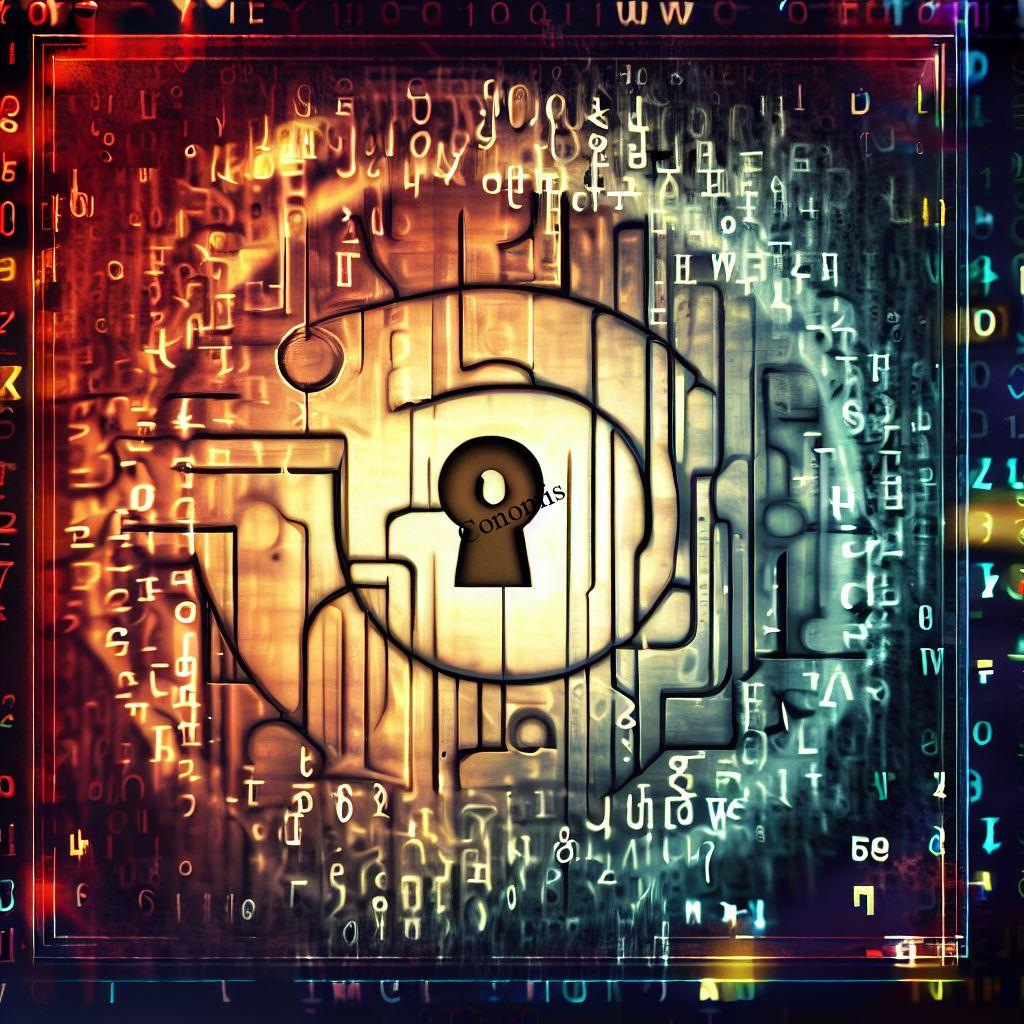
But why is encryption so crucial in our times? As data travels through the vast expanse of the internet, it traverses various nodes and servers, much like how the pigeon might fly over multiple terrains and territories. At any point, malicious entities might attempt to intercept and access this data. Encryption ensures that even if they succeed in capturing the data, deciphering its true content remains a herculean challenge.
In essence, while the methods and mediums of communication have evolved leaps and bounds from the days of pigeons and coded scrolls, the principle of safeguarding information remains steadfast. Encryption, in the digital age, continues the age-old tradition of keeping our most valued secrets shielded from prying eyes.
Digital Keys: Passwords and Authentication
In the sprawling medieval landscapes, castles stood as bastions of security and authority. The main entrance to such a stronghold was invariably protected by a formidable gate, reinforced by thick wooden beams and iron studs. To gain access, one needed a key, a unique instrument tailored to fit the intricacies of that particular lock. This system was paramount, ensuring that only those with the right key could enter. And for those seeking even greater security? A vast, water-filled moat encircled the castle, adding another layer of defense against potential invaders.
Drawing a parallel to our digital age, passwords serve as the keys to our online castles. Each password, much like those unique medieval keys, grants access to specific digital domains, be it an email account, a cloud storage space, or a bank portal. A well-crafted password, robust and unpredictable, acts as a formidable barrier, denying unauthorized users the ability to infiltrate our digital sanctuaries.
However, as cyber threats have grown more sophisticated, merely having a lock on the gate (or a password) might not suffice. Enter multi-factor authentication (MFA). Think of MFA as the modern equivalent of the moat around a castle. It adds another layer of security, ensuring that even if someone manages to forge the key (or guess the password), they’d still be stymied by the moat, unable to gain access. In digital terms, after entering the password, MFA might prompt users to verify their identity through a second medium, like a text message, a fingerprint, or a facial scan.
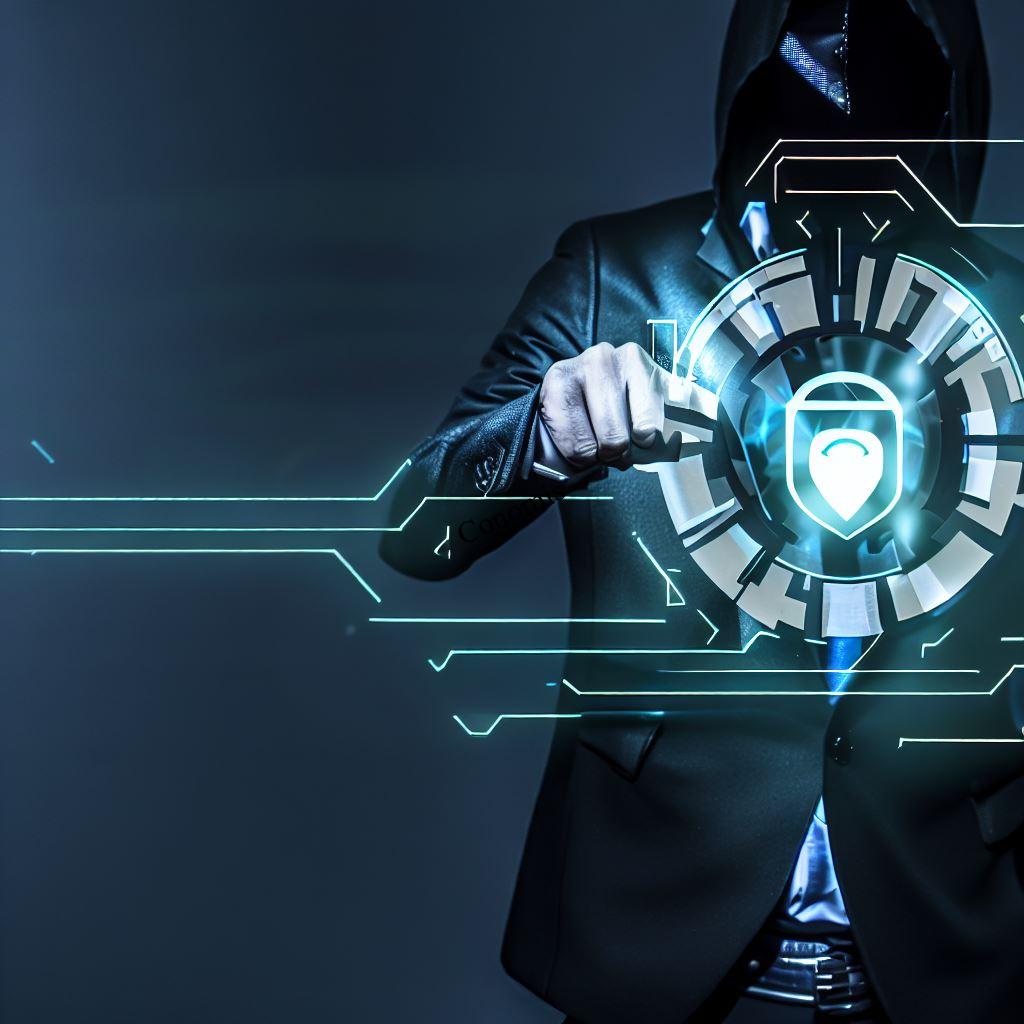
This dual-layered approach ensures that even if a password is compromised, the intruder still faces a secondary challenge, making unauthorized access considerably more difficult. Much like how a medieval intruder might manage to bypass the gate but would still have to contend with the daunting moat.
In a world where our digital assets are as precious as the treasures once hoarded in ancient castles, passwords and multi-factor authentication together form the vanguard, defending our digital realms from the incessant onslaught of cyber adversaries.
The People Factor in Cyber Security
Training: The First Line of Defense
The medieval times, with their resplendent courts and chivalrous knights, were not just about valor and gallantry. Behind the pomp and pageantry lay countless hours of rigorous training. Knights, often regarded as the elite warriors of their age, were conditioned from a young age. Through relentless drills, practice bouts, and simulated battles, they honed their skills, becoming the stalwart protectors of their realms. Their preparedness wasn’t just physical; it was also a mindset, a dedication to safeguarding their territory and people against any threat.
Drawing a parallel to today’s digital era, the battles have moved from open fields to virtual spaces, and the adversaries are not always visible. In this new frontier, the ‘knights’ are the employees of an organization. They may not bear swords or shields, but their role in the defense of their corporate realm is just as pivotal. However, without the proper training, these individuals can inadvertently become the weakest links, opening the gates for cyber attackers.
Cybersecurity training is the modern-day equivalent of those intensive drills that knights underwent. Through regular sessions, workshops, and simulations, employees learn to recognize the signs of phishing emails, the importance of strong, unique passwords, and the protocols for safely handling sensitive data. They are educated about the latest threats and are equipped with the tools and knowledge to counteract them.

But the training isn’t merely about recognizing threats; it’s about fostering a security-centric mindset. Just as a knight was always vigilant, always on guard, a well-trained employee is constantly alert to potential cyber threats, ensuring that they don’t inadvertently become conduits for attacks. They become the first line of defense, standing guard at the virtual walls of the organization.
In a landscape where cyber threats are evolving and becoming more sophisticated, the importance of training cannot be overstated. Just as a realm with well-trained knights was deemed secure, an organization with well-informed employees is better positioned to thwart cyber adversaries. After all, in the battle against cyber threats, knowledge truly is the mightiest sword.
Beware of Digital Deception: Phishing
In the chronicles of ancient mythology, sirens were beguiling creatures. With their enchanting melodies, they would lure sailors off their charted course, leading them into treacherous waters and often to their inevitable doom. These myths, while fantastical, carried with them a cautionary message about the dangers of succumbing to alluring yet deceitful calls.
In today’s digitized world, a modern iteration of the siren’s song can be found in phishing attacks. Much like the sirens, digital fraudsters use cunning and deception to lure unsuspecting individuals into a trap. Instead of harmonious melodies, these scammers employ meticulously crafted emails, messages, or websites that seem genuine. Their goal? To deceive individuals into divulging sensitive information, such as passwords, credit card details, or personal identification data.
At first glance, a phishing email might appear as an official communication from a trusted entity—a bank, a popular e-commerce site, or even a colleague. The design, logo, and language used are often mimicked to perfection. However, hidden within these seemingly benign communications are malicious intents. A click on a link, a download of an attachment, or the entry of personal data can inadvertently provide these cyber sirens with the keys to one’s digital kingdom.
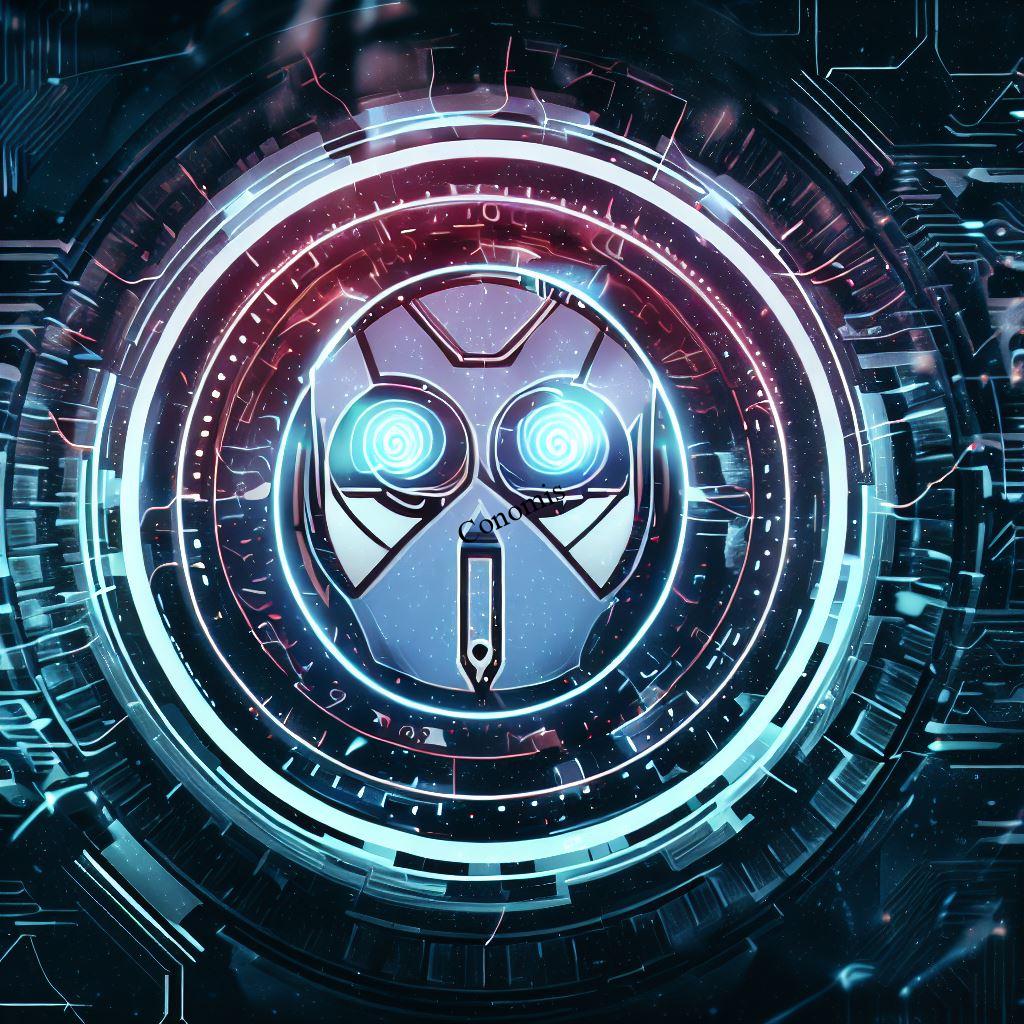
So, how does one steer clear of these treacherous waters? Awareness is the foremost defense. Just as sailors of old were forewarned about the siren’s call, being educated about the telltale signs of phishing is paramount. This could range from spotting spelling errors in emails, being wary of unsolicited communications, or double-checking URLs before clicking.
Additionally, just as ships might have sought alternate routes to avoid the haunting grounds of sirens, individuals can employ technological tools, like email filters or security software, to help detect and deflect phishing attempts.
In the vast digital ocean, where deceptive calls constantly try to lead us astray, a vigilant and informed approach is our best defense against the lures of modern-day sirens. Only by recognizing and resisting their deceptive allure can we navigate safely and protect our precious digital treasures.
Future of AI in Cyber Security
The AI Sentinel: Enhanced Detection and Response
In ancient civilizations, atop the high walls of fortified cities, stood the sentinel. With sharp eyes and heightened senses, this guardian would vigilantly watch over the horizon, alert for any sign of approaching danger. Their role was pivotal, serving as the first line of defense, warning the city of potential threats, and ensuring a timely response. However, despite their dedication, even the most attentive sentinel had limits—human fatigue, distractions, and sheer enormity of the area to monitor could sometimes lead to oversights.
Now, envision a sentinel devoid of these limitations—a guardian that never tires, remains perpetually vigilant, and has the capacity to analyze vast expanses of data in mere moments. This is the promise of Artificial Intelligence (AI) in the realm of cyber security.
AI, with its ability to process vast amounts of data at lightning speed, serves as an enhanced sentinel for the digital age. But it doesn’t just stand guard; it learns, adapts, and evolves. By analyzing patterns, recognizing anomalies, and drawing upon historical data, AI can detect potential threats even before they fully manifest. It’s like having a sentinel that doesn’t just spot the approaching army but predicts their next move.
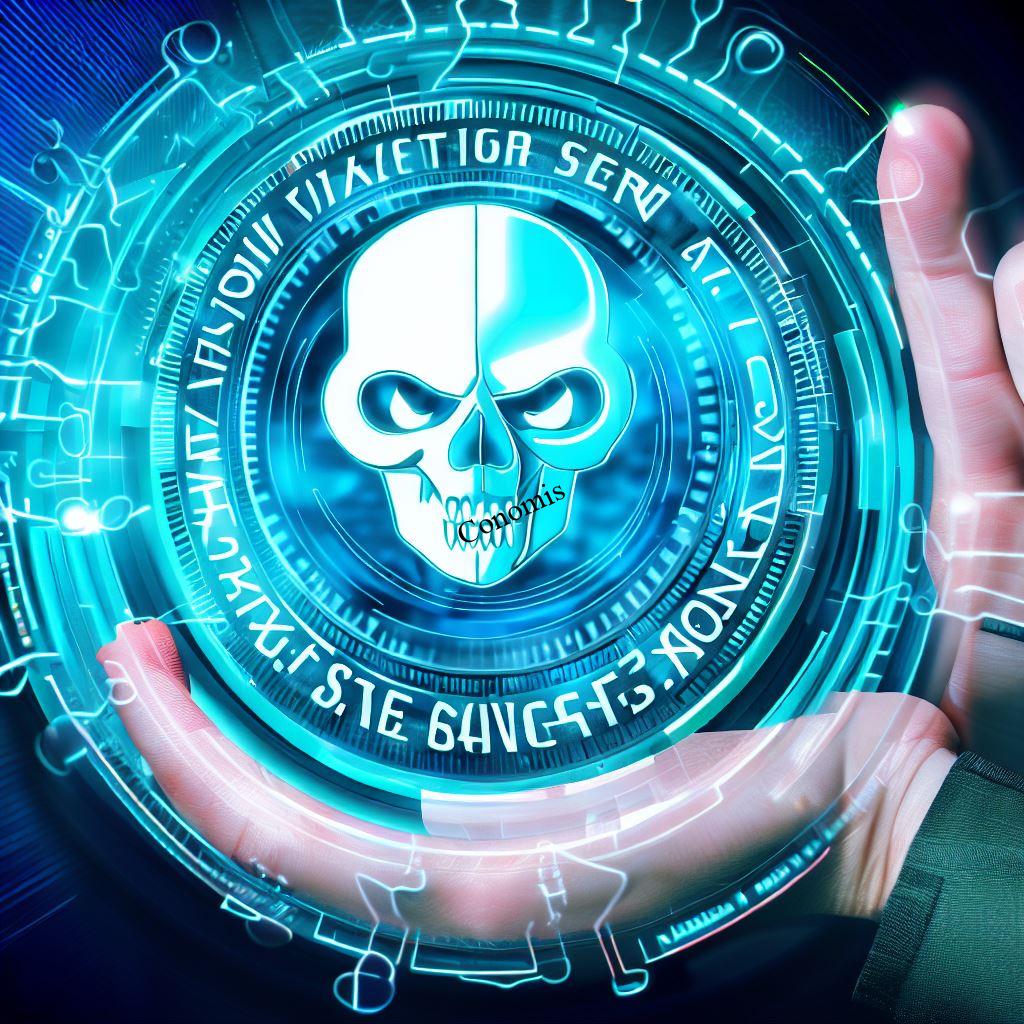
Moreover, AI’s role isn’t limited to detection alone. Once a potential threat is identified, AI systems can swiftly respond, be it by isolating affected systems, blocking malicious IP addresses, or even auto-generating reports for human analysts. This proactive approach ensures that breaches are not only detected but are also contained and mitigated with unprecedented speed.
The evolution of cyber threats in the digital age demands a guardian that’s not only vigilant but also proactive and adaptive. With AI-enhanced cyber security, we are ushering in an era where our digital defenses are bolstered by a sentinel that’s constantly evolving, learning from each threat, and ensuring that our digital realms remain impervious to attacks. It’s a merging of ancient vigilance with cutting-edge technology, promising a safer digital future for all.
Challenges and Opportunities in AI Security
Throughout history, every significant advancement has been a double-edged sword, bringing with it immense potential for progress and peril. The discovery of fire provided warmth and light but also bore the potential for destruction. Similarly, in the digital age, Artificial Intelligence (AI) emerges as this generation’s double-edged tool. Its capabilities, vast and transformative, hold promises of revolutionizing sectors, including cyber security. Yet, there’s an underlying challenge—a tug-of-war between those who seek to protect and those who intend to exploit.
On one side of the spectrum, AI presents a treasure trove of opportunities for defenders. With its inherent ability to sift through massive datasets, recognize intricate patterns, and make predictive analyses, AI can foresee threats before they become manifest. It adapts, learns from past intrusions, and constantly refines its defense mechanisms. Gone are the days when security protocols were reactive; with AI, proactive defense becomes the gold standard. Imagine a shield that not only blocks attacks but also anticipates them, constantly reforming itself based on the evolving strategies of adversaries.
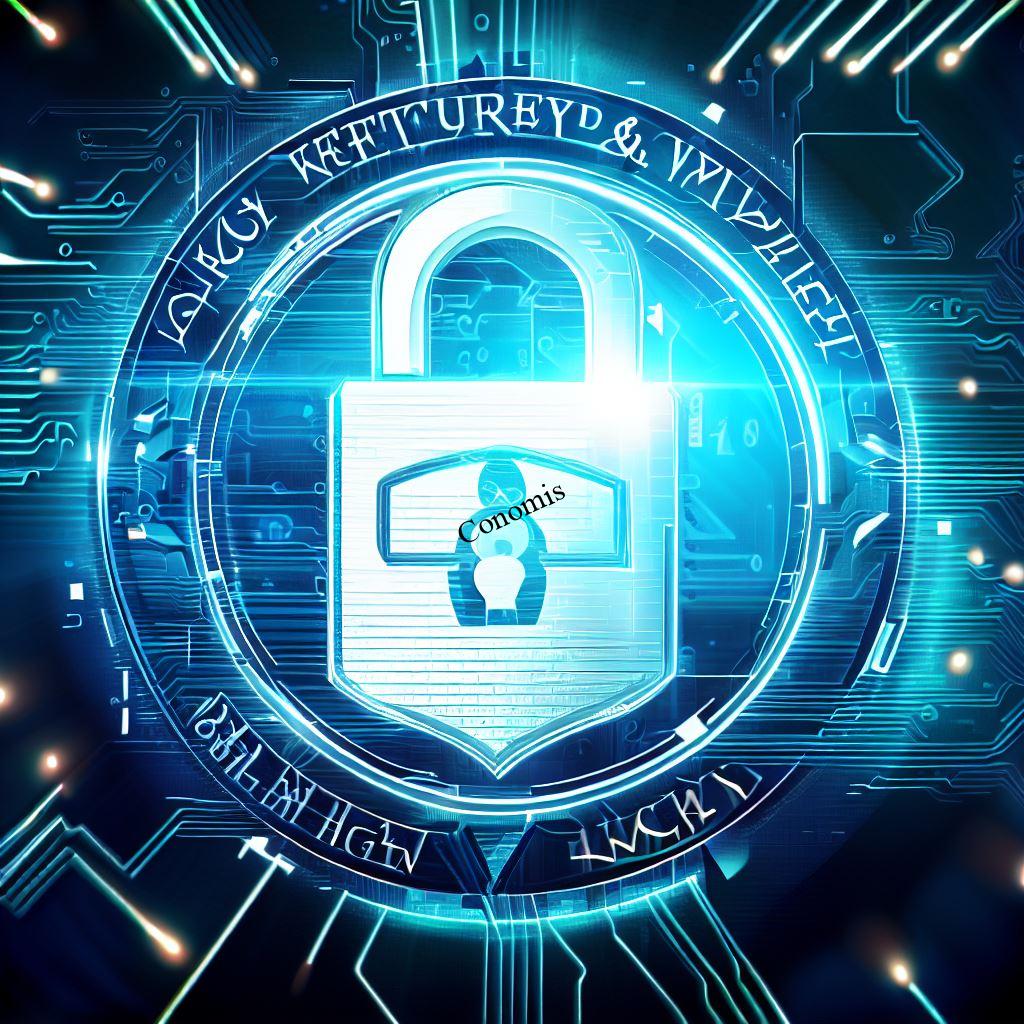
However, the same capabilities that make AI a robust defender also make it a potent weapon in the hands of malicious actors. Advanced persistent threats powered by AI can adapt, disguising themselves to bypass traditional defense systems. Malware can evolve in real-time, finding vulnerabilities previously unnoticed. Automated phishing attacks can be more personalized and convincing, making them harder to detect. In essence, if AI becomes the armor of defenders, it can simultaneously become the sharpened blade of attackers.
This duality underscores a racing challenge: who will master AI’s potential first? Will it be those who strive to protect, ensuring a safer digital landscape, or will it be those with malevolent intentions, seeking to exploit and wreak havoc? The answer to this lies in continuous research, collaboration, and ensuring that as AI’s capabilities grow, so does our understanding and ethical application of it. The battlefront has shifted, and the stakes have never been higher.
Wrapping Up
The journey through the digital realm often mirrors the complexities of an intricate dance, where each step, pivot, and twirl represents the continuous interplay between security measures and emerging threats. As technology strides forward, bringing innovations at an unprecedented pace, this dance becomes even more elaborate, presenting a visual tapestry of challenges and opportunities.
At the heart of this evolving narrative is Artificial Intelligence (AI). It’s akin to introducing a prodigious dancer to the floor, one whose moves are precise, predictive, and adaptive. AI, with its unparalleled capabilities, can enhance our defenses, ensuring that they are not just reactive but proactive. By analyzing patterns, predicting threats, and swiftly adapting to new challenges, AI reshapes the dance, setting a tempo that promises enhanced safety in our digital interactions.

However, like any dance, there’s always the risk of missteps. While AI can be a formidable ally, it also has the potential to be a challenging adversary. If wielded by malicious actors, it can introduce complexities that could potentially outpace even the most advanced security protocols. This highlights a fundamental truth: technology alone, no matter how advanced, cannot be our sole guardian. Our best ally, as it has always been, is vigilance. A discerning eye, an understanding of the evolving landscape, and a readiness to adapt are essential.
As we stand at this juncture, witnessing the cosmic digital dance unfold, it beckons us to reflect on our roles. Will we be mere spectators, occasionally awed but often overwhelmed by the rapid developments? Or will we step onto the dance floor, actively engaging, learning, and ensuring that we not only keep pace with the evolving rhythms but also play a pivotal role in shaping them?
In this vast digital ballroom, every individual has a part to play. The question is, as the music intensifies and the stakes get higher, what role will you choose?
FAQs
What does AI bring to the table in cyber security?
AI offers proactive threat detection, automated responses, and adaptive learning to cope with evolving threats.
Are personal devices at risk too?
Absolutely. Personal devices can be targets and gateways to larger networks.
How can one stay safe from phishing?
Always double-check URLs, be cautious with email attachments, and never share sensitive data without verification.
What’s the role of employees in an organization’s cyber security?
Employees can be both vulnerabilities and assets. Proper training can turn them into a formidable first line of defense.
How can AI be a threat in cyber security?
Malicious AI can automate attacks, analyze vulnerabilities faster, and even counteract security measures.
You Can Also Read
https://www.netflix.com/in/title/80117542
https://www.imdb.com/title/tt3774114/
https://en.wikipedia.org/wiki/Computer_security
Conomis Thoughts
![]() Copyright 2023 CONOMIS
Copyright 2023 CONOMIS

